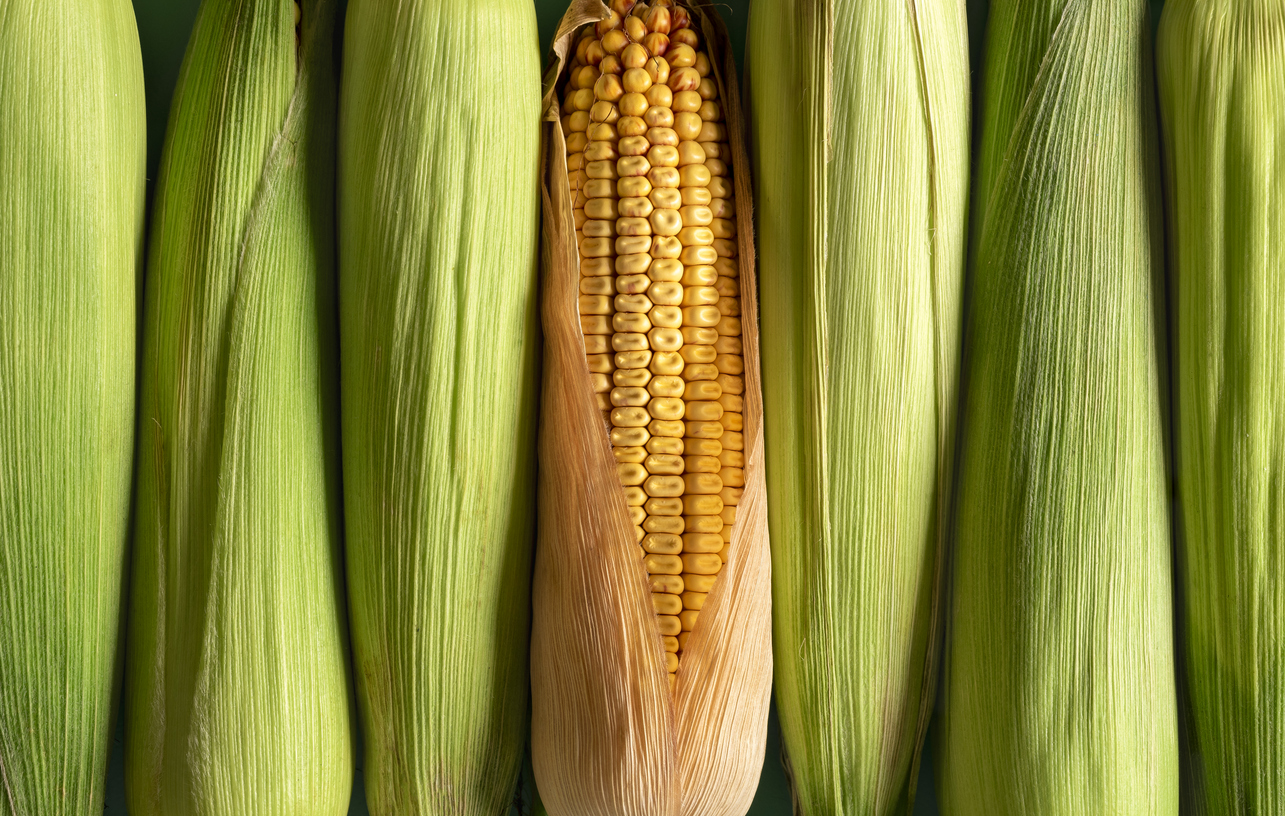
After a 14.20% decline in 2024, the grain and oilseed sector posted a microscopic 0.05% gain in Q1 2025. I concluded my January 7, 2025, Barchart report on grains and oilseeds in 2024 and where they were heading in 2025 with:
As the worldwide population continues to grow, the demand side of the fundamental equation for the grains and oilseeds that feed and increasingly power the world increases. Producers must keep pace with the rising demand, elevating the potential for shortages when weather, crop diseases, or world events limit output. The odds favor recoveries over the coming year at the current price levels. However, picking bottoms in any market is virtually impossible as prices can fall to illogical, unreasonable, and illogical levels that defy fundamental and technical analysis before reaching bottoms. While the odds favor higher prices from the current levels, the downside risks remain high as the trends remain bearish going into 2025.
While the sector posted a slight gain, prices remain low compared to recent years as the agricultural commodities move into the 2025 crop year.
Mixed results in soybean and soybean products
Soybean futures were among the few winners in the sector, gaining 1.65% in Q1, settling at $10.1475 per bushel at the end of March.

The monthly chart shows that soybean futures were little changed despite the selling in markets across all asset classes caused by tariffs over the first days of Q2.
Soybean oil led the sector in Q1 with a 12.85% gain, while soybean meal fell 4.89% in Q1. Soybean oil was higher than the Q1 closing level in early Q2, while soybean meal was slightly lower.
Soybean oil is an ingredient in biodiesel production.
Corn slips
Corn futures edged 0.27% lower in Q1, settling at $4.5725 per bushel on March 31, 2025.

The monthly corn futures chart shows that corn prices have drifted higher in early Q2, but the gain has been marginal.
Corn is the primary ingredient in U.S. ethanol production.
Chicago ethanol swaps moved higher in Q1 and were higher around the $1.80 level in early Q2, as the 2025 driving season is on the horizon despite the decline in crude oil and gasoline prices.
Wheat prices decline in Q1
Wheat is a highly political commodity as it is the primary ingredient in the bread that feeds the world. The most liquid CBOT soft red winter wheat futures contract declined 2.63% in Q1, closing the quarter at $5.37 per bushel.

The monthly CBOT wheat futures chart illustrates that they were slightly higher in early Q2 at just over the $5.40 per bushel level.
KCBT hard red winter wheat futures were only 0.40% lower in Q1, closing the quarter at $5.57 per bushel and were higher, reaching over the $5.70 level in early April.
MGE spring wheat futures closed Q1 at $5.93 per bushel, down 0.46% for the quarter. In early April, the active month spring wheat futures were marginally higher.
Oats higher, rice lower
Oat futures moved 4.77% higher in Q1, settling at $3.4625 per bushel. The active month oats futures were slightly higher in early Q2 at over the $3.50 level.
Rough rice, an illiquid futures market, fell 3.24% in Q1, with the price at 13.57 per hundredweight. Rice prices were lower in early April, at just over the 13 level.
The prospects for Q2 and beyond
As the grain and oilseed sector heads into Q2, the 2025 crop year begins with the planting season. The weather across the fertile plains in the U.S. and other growing regions will determine the path of least resistance of prices over the coming months during the planting and critical growing seasons.
Prices are at low levels compared to recent years, which could limit the downside potential for prices and make the upside explosive if weather conditions do not support bumper crops. Tariffs could also impact prices over the coming months as the U.S. is a leading producer and exporter of corn, soybeans, and wheat. Keep an eye on the USDA’s monthly World Agricultural Supply and Demand Estimates Report for clues about grain and oilseed fundamentals that will determine prices over the coming months. The next report is scheduled for Thursday, April 10, at noon EST.
I favor the upside in grain and oilseed prices because of the current low price levels. However, another year of bumper crops that satisfy worldwide requirements could send prices lower. Meanwhile, low prices tend to cure those low prices in commodity markets. Risk-reward dynamics favor the upside for prices after the bearish price action since the 2022 highs.
The current risk-off action caused by tariffs could impact grain and oilseed, and all agricultural commodity prices over the coming days, weeks, and months.







